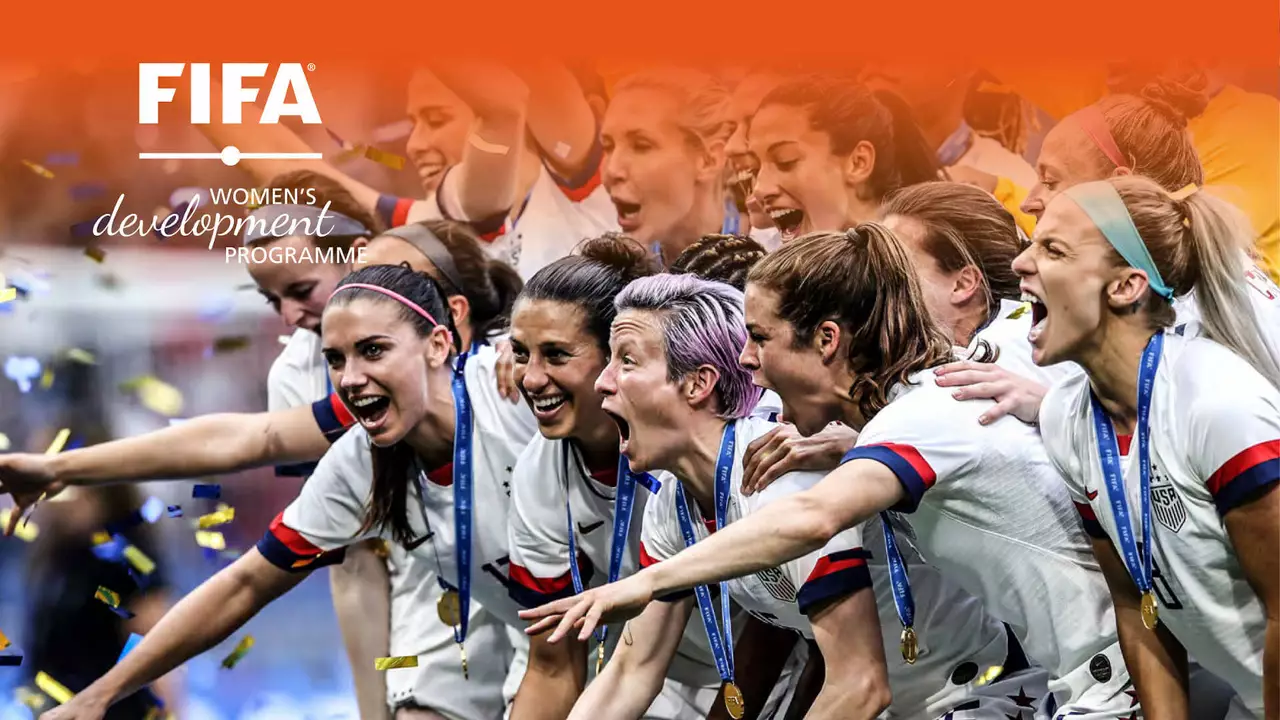Mixed-Gender Sports: How Men and Women Play Together
When talking about mixed-gender sports, games and competitions where men and women compete together on the same team or in the same event, you’re looking at a growing movement that blurs traditional gender lines in athletics. Also known as co‑ed sports, it challenges old stereotypes and opens up new social and performance dynamics. Mixed-gender sports are now featured in schools, clubs, and even professional leagues.
Why Mixed-Gender Sports Matter
Mixed-gender sports bring a fresh blend of physicality and technique that single‑gender formats often miss. Studies show that teams with both genders report higher communication scores and lower injury rates because players learn to adjust intensity based on each other’s strengths. This creates a healthier environment for everyone, whether you’re a teen finding confidence on the field or an adult looking for fun competition.
Co‑ed soccer, a format where male and female players share the pitch in the same squad shows how teamwork can thrive despite physical differences. Coaches often tweak formations to balance speed and strength, and players report higher communication skills. This format echoes the Title IX, U.S. law that mandates gender equity in educational sports programs, which pushed many schools to create mixed teams when resources were limited. The link between policy and practice illustrates how mixed-gender sports require supportive regulations to flourish.
In racket sports, mixed doubles tennis, pairs of one man and one woman compete against another mixed pair has become a staple at Grand Slam events, highlighting how complementary skills can dominate a match. Similarly, mixed relay swimming, teams of male and female swimmers each cover a segment of the race debuted in the Olympics, proving that strategic order of swimmers can shave off precious seconds. Both examples demonstrate the semantic triple: mixed-gender sports showcase skill complementarity.
Running events are also catching the mixed‑gender wave. The World Athletics Mixed 4×400 m Relay, introduced in 2019, forces teams to decide the optimal sequence of male and female athletes, turning tactics into a science. Amateur clubs now organize mixed marathon relays where each participant runs a portion of the distance, fostering community bonds while keeping the race fast. These formats prove that endurance sports can benefit from gender integration without compromising performance.
For organizers, launching a mixed‑gender league means thinking about equipment, scheduling, and safety. Start by surveying local interest to gauge which sports attract the most participants. Provide clear guidelines on mixed‑team composition—often a 1:1 ratio works well—but allow flexibility based on skill level. Invest in coaches who understand how to balance training loads for both genders, and ensure locker rooms and facilities respect privacy needs.
From a fan’s perspective, mixed‑gender competitions add drama. The unpredictable ordering in mixed relays, the strategic pairing in doubles, and the inclusive atmosphere each create stories that attract media attention. As more broadcasters showcase these events, sponsors see value in supporting a format that promotes equality and broad appeal.
Looking ahead, technology will help fine‑tune mixed‑gender training. Wearables can track how male and female athletes respond differently to load, allowing coaches to customize programs that maximize collective output. Academic research is already mapping hormonal and biomechanical differences, paving the way for smarter, safer mixed‑team strategies.
Below you’ll find a curated list of posts that dive deeper into the topics mentioned—tips for coaching mixed teams, analyses of recent mixed‑gender competitions, and practical guides for athletes who want to try these formats. Whether you’re a player, coach, or curious spectator, the articles ahead will give you actionable insights and fresh perspectives on the rise of mixed‑gender sports.
